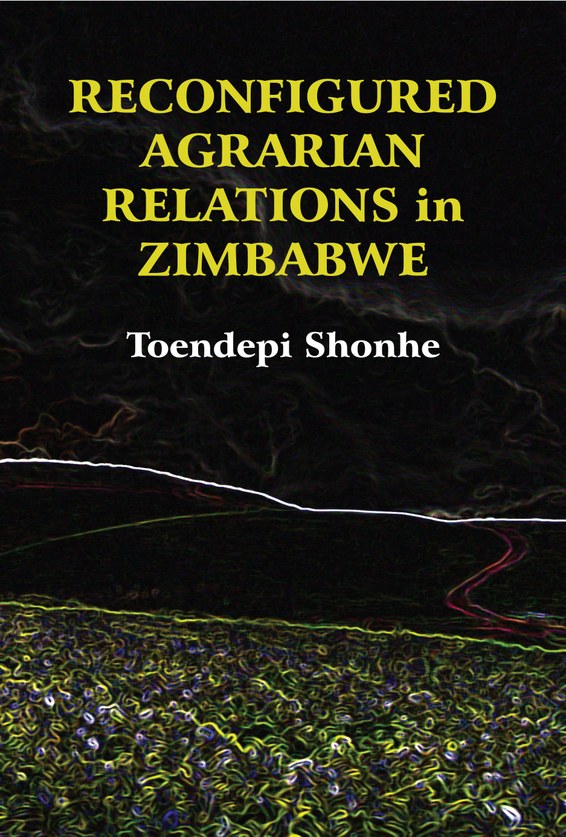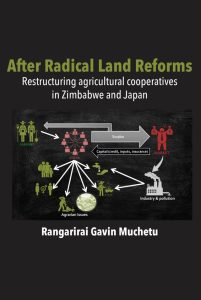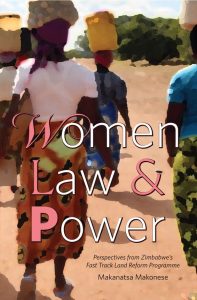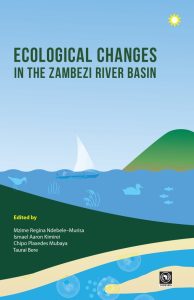Publisher: Langaa RPCIG, Cameroon
Pages: 358
Year: 2017
Dimensions: 229 x 152mm
Radical land reform programmes generate changes in agrarian
structures and capital accumulation trajectories in the countryside.
This book examines how capital accumulation is being reshaped by
changing financing and marketing of agricultural commodities and
presents an emerging Quadi-PMMR-model agrarian structure composed of the
poor, middle, middle-to-rich peasants and some rich capitalists with a
growing middle scale farmer base constituting two thirds of the rural
population in Zimbabwe. This evidence based assessment, 15 years after
the FTLRP, sheds light on policy outcomes and impacts on communities,
revealing the changing production, marketing, capital accumulation and
class formation tendencies across Zimbabwe’s settlement models and
agro-ecological settings. The book fuses the reliance on agrarian
political economy lenses and factor component analysis to reveal the
dynamics of agrarian change and to explore the dialectic between
production and circulation and between the centre and periphery in
exceptional fashion that expands our understanding of Zimbabwe’s
agrarian transition.
£36.00
About the author
Toendepi Shonhe is a political economist, and post-doctoral Researcher
at the Centre for African Studies, University of Cape Town, South
Africa. He attained a Masters in public policy management from the
University of Witwatersrand, and holds a PhD in development studies
attained from the University of KwaZulu Natal. His research interests
are in agrarian relations, rural development and the commercialisation
of agriculture.



